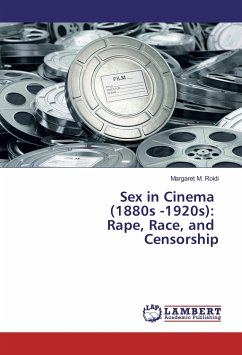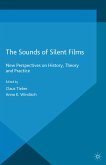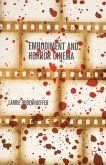This work analyses the use of sexual themes in silent era films. The areas chosen to explore filmmakers' connection with this topic are rape, race, and censorship: (1) Rape reflects the influence of foreign ideas and how they were received by the locals of the late nineteenth century. (2) Racial discrimination was depicted on the screen, illustrating the impact of the "otherness" on the audience's conventional mindset. (3) Censorship was reinforced allowing governments to monitor the material to which the audience was exposed. A wide range of American and European films, released from the 1880s to 1920s, are described to examine directors' choice of thematic expression. The formal elements of cinema are reviewed through the shot-by-shot description of relevant sequences.








